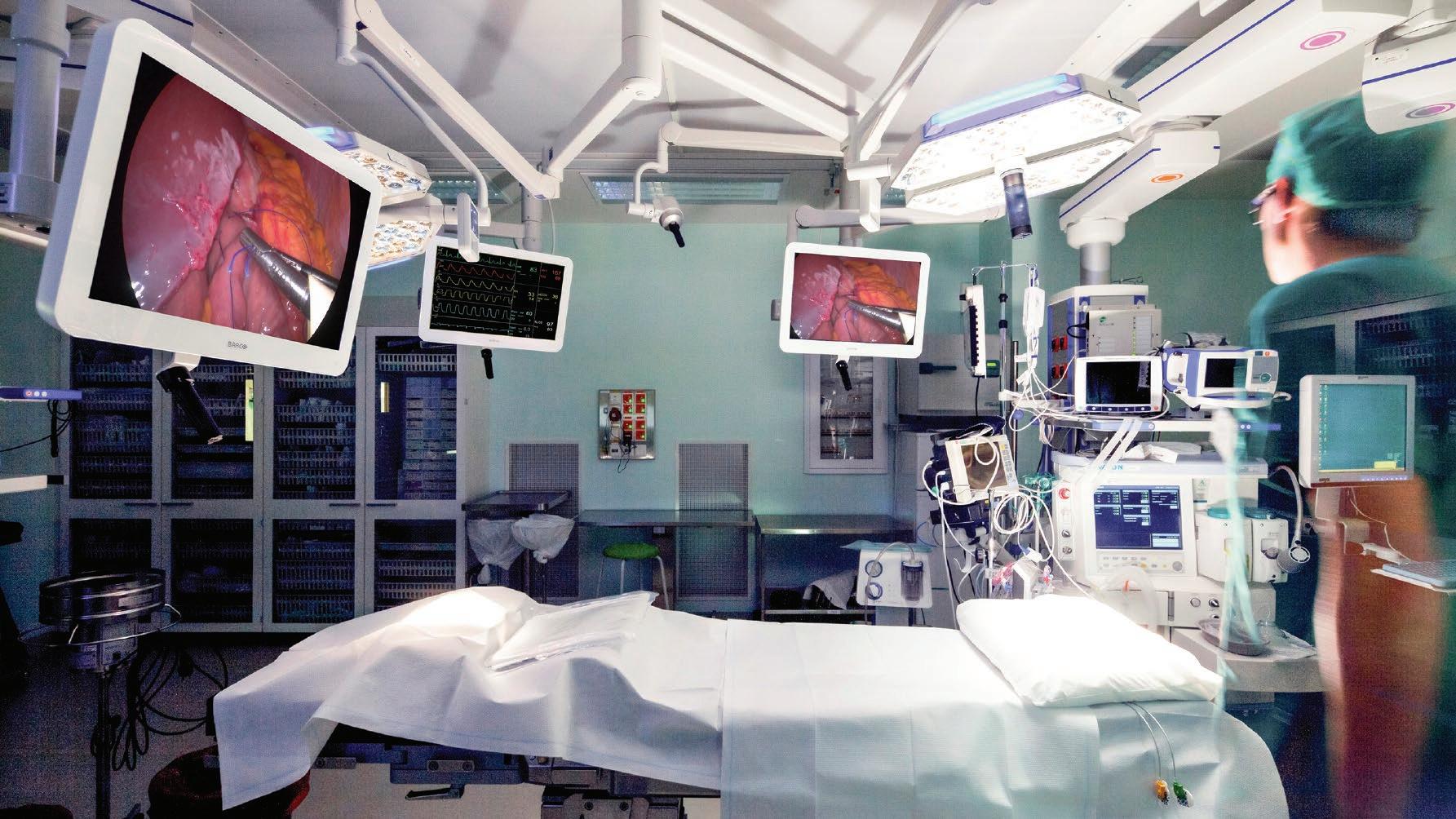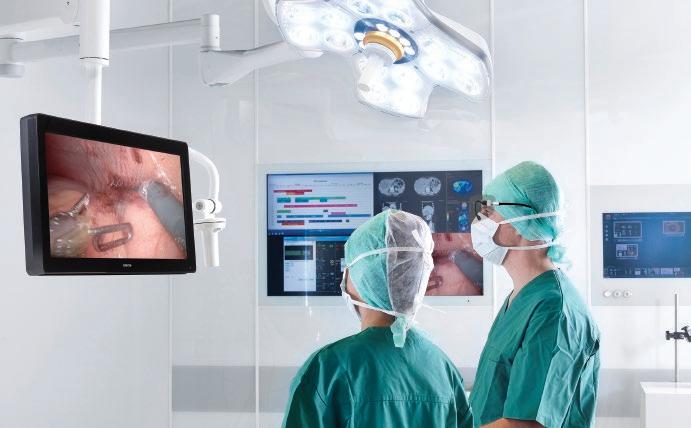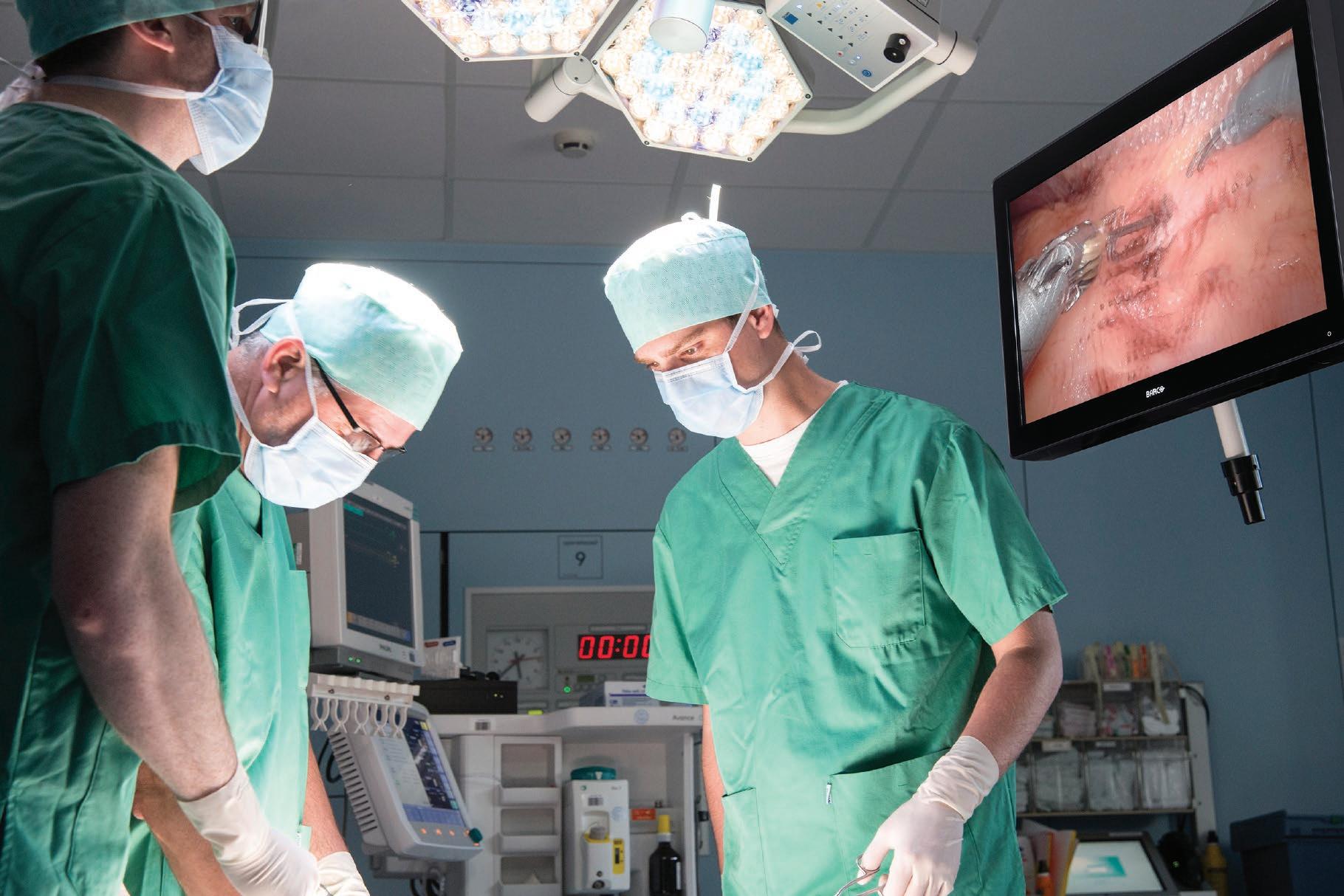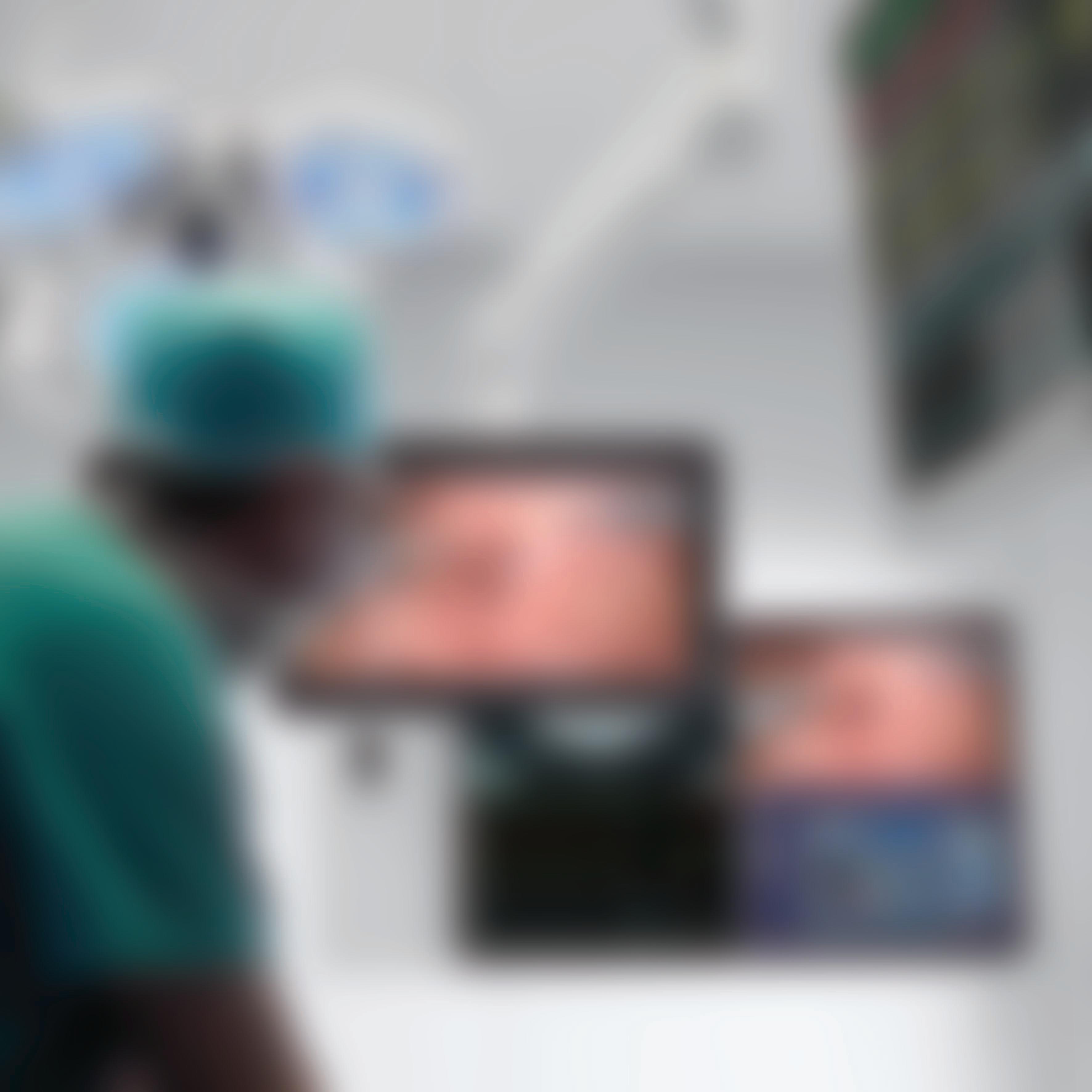IMPROVING OPERATING ROOM EFFICIENCY AND THE ROLE OF DIGITAL TECHNOLOGY
A Better View for the Surgeon John Hancock, Editor The digital world reaches into the operating theatre and offers a range of possibilities for improvement
Transformation comes from new ways of working, not the technology itself – what is needed is a transformation programme supported by new [i.e. digital] technology, not the other way round
8 | WWW.HOSPITALREPORTS.EU
Go to any exhibition or trades related conference these days and it won’t be long before an exhibitor or a speaker utters the word ‘digital’. Digital capabilities are at the heart of Industry 4.0 whose reach considerably exceeds the manufacturing range of previous industrial revolutions. This digital revolution is being applied in every area of human activity and that includes healthcare plus, in particular for the subject of this paper, the operating theatre or room.
What Is Digital Technology? So, what is the big deal with digital technology: how does it differ from its predecessor, analogue? Funnily, analogue technology is the harder one to explain but, understanding it helps clarify why digital is so much better. As this isn’t a technology paper, we’ll just state as Explain That Stuff1 does, that analogue is a direct representation or analogy of a dimension (say, length), an image (film-based photography) or a process (say time marked by the progress of hands on a clock). “Digital is entirely different. Instead of storing words, pictures, and sounds as representations on things like plastic film or magnetic tape, we first convert the information into numbers (digits) and display or store the numbers instead.” That means that, whenever the information, in whatever format, is stored and called up, it is recreated from the stored numbers and, therefore, the quality is retained. But the capabilities are a lot more than just accurate reproduction. The Nuffield Trust2 has considered why it has been difficult to deploy digital technology in healthcare. Read the reference for a full explanation but the key statement seems to be that, “Transformation comes from new ways of working, not the technology itself – what is needed is a transformation programme supported by new [i.e. digital] technology, not the other way round.” In other words, a digital solution will not remedy a
bad process but will ensure that a good process works to the full extent of its potential. The onus is to create good processes that can fully benefit from digital technology.
The Advantages of Digital Technology There are many advantages, other than retained quality, that digital brings to the job. Again, rather than spell them all out, not our purpose in this paper, I’ll direct readers to Ten Benefits whose ’10 benefits of Digital technology’3 include compactness, connectivity, speed of process, versatility… up to ten advantages, all of which will be applicable in healthcare and most of which will benefit work processes in the operating theatre. Digital Health Buzz’s ‘Benefits of Digitization in the Healthcare Industry’4 gets more specific, focusing on the automation of administrative tasks and, “Communication between Multiple Physicians”, an application of digital capability that is relevant to surgical procedures. Focusing clearly on the operating theatre, Annals of Translational Medicine5 reports, “The continuing enhancement of the surgical environment in the digital age has led to a number of innovations being highlighted as potential disruptive technologies in the surgical workplace. Augmented reality (AR) and virtual reality (VR) are rapidly becoming increasingly available, accessible and, importantly, affordable... applications are already being investigated for their role in the surgeon’s armamentarium.” However, notwithstanding the advantages of digital technology, as the Nuffield Trust report above explains, “… there is agreement that health care is at least a decade behind other industries in the use of information technology. It may be even further behind in realising the productivity and value improvements that have been seen elsewhere as the result of information






